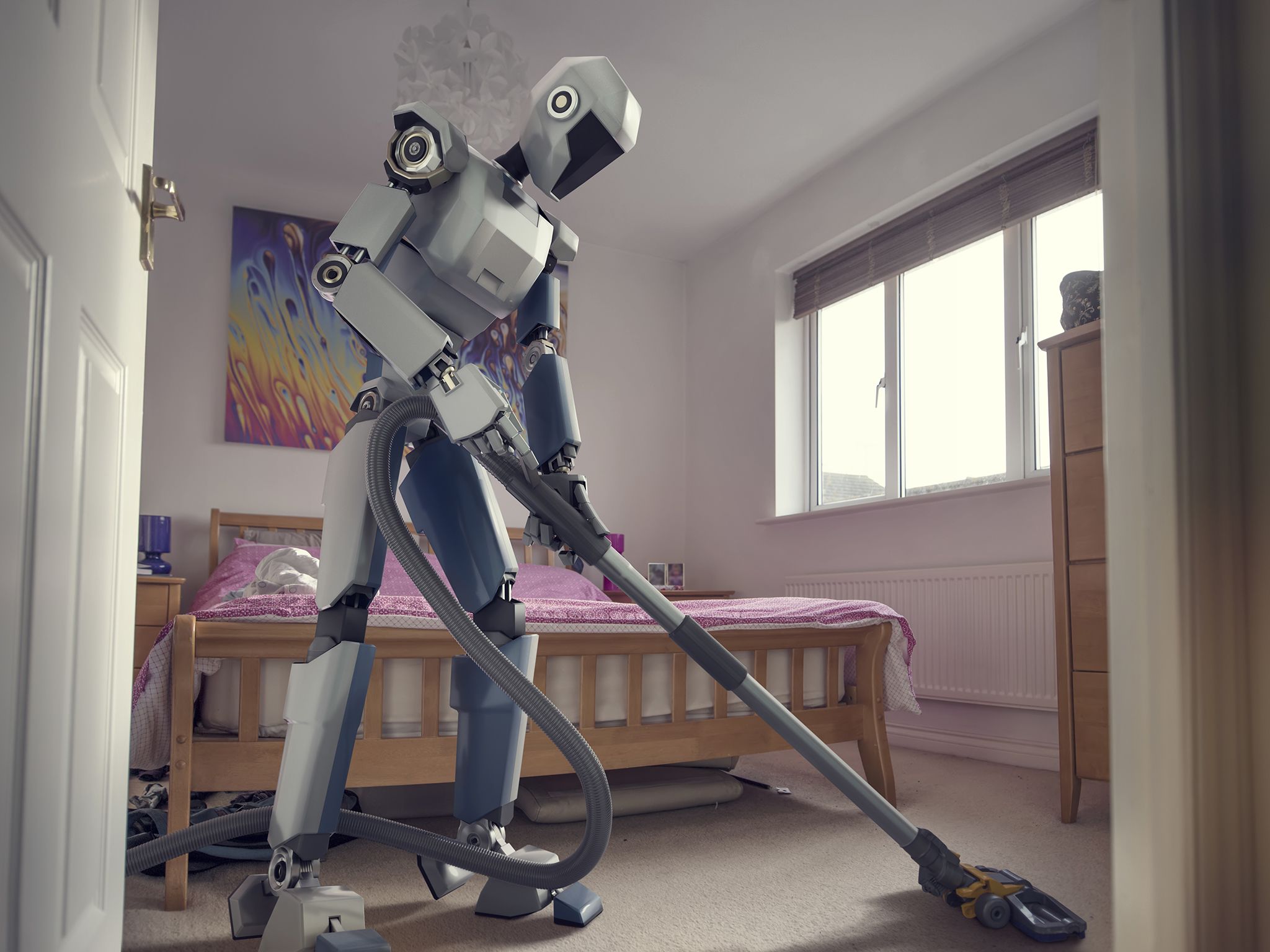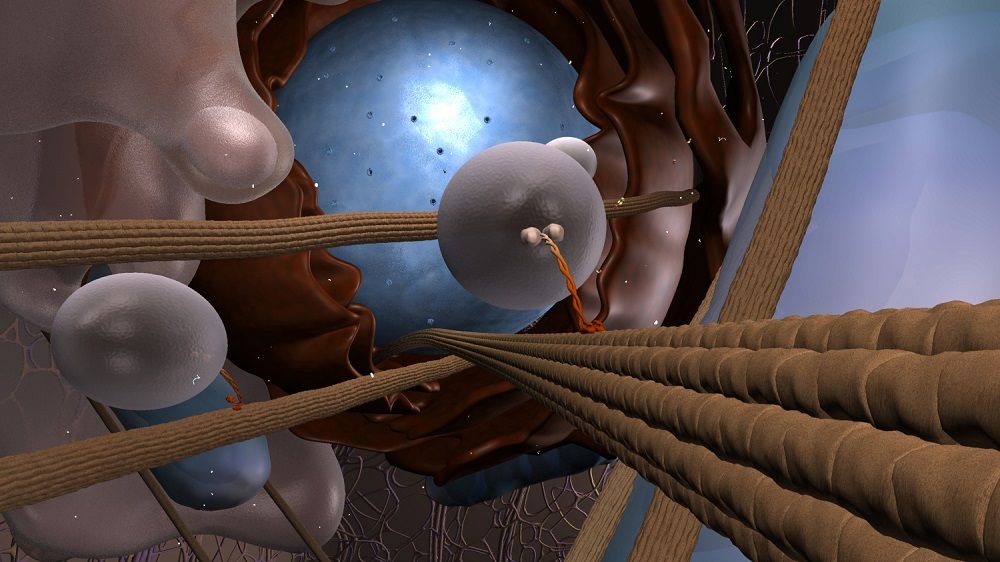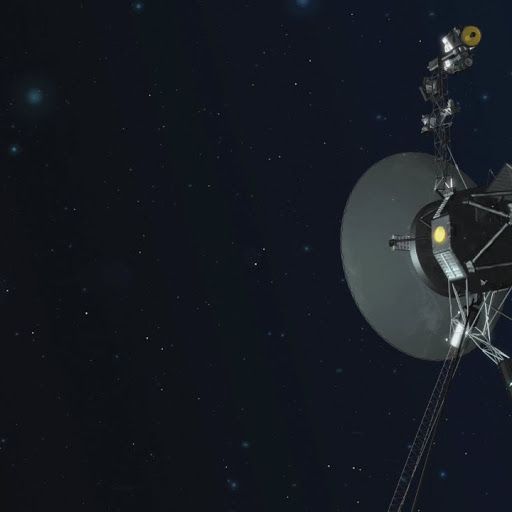I think the talk was well received, and I appreciate them hearing me out.



Summary: Microbiome study of centenarians shows that ‘ridiculously healthy’ elderly have the same gut bacteria composition as healthy 30 year-olds. Can a more robust microbiome lead to the longer healthier life enjoyed by centenarians, or is it the other way around? [This article first appeared on LongevityFacts, follow us on Google+ | Facebook | Reddit. Author: Brady Hartman. This article was updated Dec. 2, 2017]
A recent study found that centenarians have the same microbiome as 30-year-olds.
In one of the most extensive studies of the human microbiome to date, an international group of researchers linked a healthy gut with “ridiculously healthy” elderly known as centenarians. This important study was conducted by the China-Canada Institute (CCI), a collaboration of geroscientists from the Lawson Health Research Institute, Western University, and Tianyi Health Science Institute in China. The researchers published their study titled “The Gut Microbiota of Healthy Aged Chinese Is Similar to That of the Healthy Young,” in the journal mSphere.
[scroll down to view the video.] The animation house of Kurzsegat provides us with an 8-minute video on how the microbiome influences our health and mood and even encourages us to eat junk food. Scientists have linked the human microbiome to a variety of health conditions such as cancer, autism, weight gain, Parkinson’s Disease and even our mental health.
Summary: The goals of geroscience are to help us live longer and healthier. A new film clip from Kurzgesagt explains the rationale behind lifespan-extension science, and why it’s not just about living longer but also living healthier.
(Video) Why Age? Should We End Aging Forever?

Three new reports combine to suggest these answers: It can probably do less right now than you think. But it will eventually do more than you probably think, in more places than you probably think, and will probably evolve faster than powerful technologies have in the past.
Three new reports suggest that artificial intelligence can probably do less right now than you think. But by one estimation, up to a third of American workers will have to switch jobs by 2030 largely because of it.

Last week, Chancellor Philip Hammond announced in the Autumn Budget a £500m package of investment into tech initiatives, including the development of artificial intelligence.
Which must have had the Channel 4 executives ordering trebles all round, because with perfect timing they’ve designated this week the “Rise of the Robots season”, with a schedule that includes documentaries on the take-off of artificial intelligences (AIs) as consulting doctors, a David Tennant -narrated piece on the challenge of making robots as human as possible, and the one that’s had the tabloids hot under the collar, today’s The Sex Robots Are Coming – which needs little further explanation.
Doctor Who and the Invasion of the Sex-Bots aside, though, is it actually possible that the dream of science fiction writers going back a century or more is on the verge of reality? Are we really about to live in the long-promised future of robots and AIs?

Summary: Novel resveratrol analogs rejuvenate aging human cells, lengthening their Full Explanation of Telomeres.
Telomeres are a unique segment of DNA that sits at the end of the chromosome. Telomeres have repetitive sequences that are recognized as the end of the chromosome but are only there to keep the chromosome from becoming frazzled or damaged. Moreover, every time the cell divides, the telomeres also divide. But sometimes the telomeres can become shorter. As they grow shorter, they act like a clock that lets the cell know how old it is. The length of the telomere is the molecular clock, predicted by Hayflick. The telomere mechanism limits the number of times a cell can divide without losing DNA. When telomeres become too short, the cells cease multiplying and either become senescent or die.
Moreover, one of the interesting features about telomeres is that in cancer cells stay immortal by keeping their telomeres long. That means that cancer cells can continue dividing, long after they should have reached the end of their lifespan. This is one of the tactics that cancer cells use to trick the body into letting them keep replicating. [Source – NHGRI and Wikipedia.].

When taken daily, rapamycin causes side effects, the most serious of which include an increased risk of infection due to immune suppression, elevated blood sugar, and an increased risk of type 2 diabetes. Some of the side effects of daily rapamycin therapy are extremely serious, occasionally causing death due to infections. The complete list of side effects reported by daily rapamycin users includes high cholesterol, high triglycerides, glucose intolerance, insulin resistance, new-onset diabetes, anemia, thrombocytopenia, gastrointestinal disorders, sinusitis, respiratory and urinary infections, testicular dysfunction, and skin problems.
Daily vs. Intermittent Rapamycin Therapy
Rapamycin therapy is promising. However, researchers still need to determine the dosage that provides health benefits while eliminating harmful side effects. Scientists think they have already found the answer because rapamycin behaves differently when taken daily, as opposed to intermittently.

Summary: (Video) A short animation from the journal Nature demonstrates revolutionary new additions to the CRISPR toolbox some call CRISPR 2.0. Scroll down for video. [This article first appeared on LongevityFacts. Follow us on Reddit | Google+ | Facebook. Author: Brady Hartman.]
Techniques to modify DNA in the genome have existed for several decades, and the original CRISPR-Cas9, called CRISPR 1.0, brought an era of faster, cheaper, and more efficient gene editing tools. A short video from the journal Nature shows you how scientists have revolutionized the original CRISPR-Cas9 system, significantly expanded its toolbox, creating a more powerful set of tools some call CRISPR 2.0. Genetic engineers have discovered how to make CRISPR perform new tricks such as improved gene editing, turning genes on and off, and making genes glow for research.
What are gene editing and crispr-cas9?
